Nowadays the term Lean Management (LM) is widely used and mostly understood. However, implementing a proper LM program requires some expertise to guide you through the different stages and fully achieve the desired results. Here’s a quick guide of what you need to consider in order to successfully implement such a program.
Let’s start from the beginning, as any other change initiative in any organization, the best way to increase the probabilities of success if to obtain full buy-in from senior management (i.e. allocation of resources). Once this is taken care of, implementing a Lean Management program will require to cover at least these steps:
1.Define scope of implementation 2.Map current processes and procedures 3.Identify "pain points (waste sources) and quantify value 4.Present findings to project sponsors and re-align expectations if necessary 5.Design a Zero-based Lean Operating Model 6.Design implementation route map 7.Define pilot team 8.Train leaders and pilot team 9.Deploy Lean tools on a phased approach 10.Stop, analyze, refine and adapt based on lessons learned from pilot
Scope of Implementation
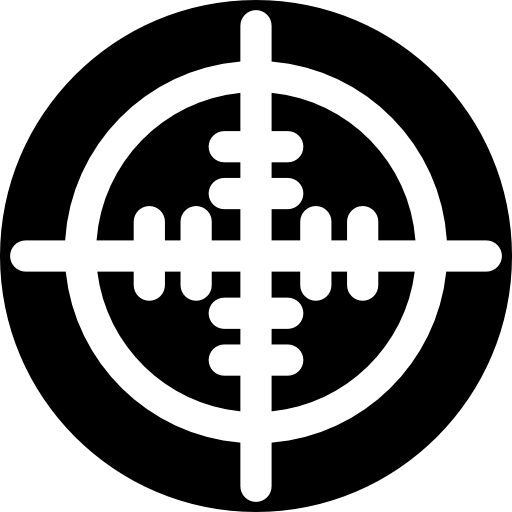
Defining the scope of the implementation is a fundamental step in the diagnostic stage of the process. This is when a more detailed identification of the required effort and resources happens, serving as the basis for the design of the Lean Operating Model. It is necessary to determine what operations are within scope as well as the number of teams and their size. This stage is also where resources are confirmed to be in place (budget, dedicated FTEs and SMEs, physical space, etc.). It is extremely recommended to secure a dedicated resource that will function as the Lean Management Lead not only through the implementation but permanently thereon.
Map Current Processes & Procedures
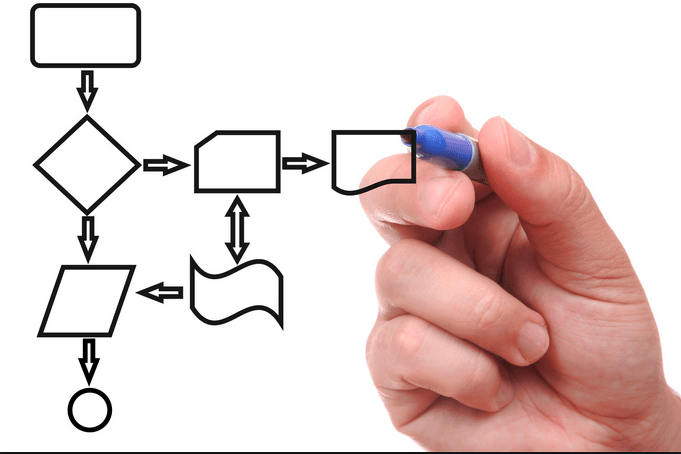
This step is best done when performed through interviews with front-line people, those who are directly performing the tasks described in the procedures manual. Such interviews are even better when done side by side during production time. Take notes and keep interruptions at a minimum; then, when the task is finished take a few moments to run your questions by the front-line expert. Ask what better ways there might be to obtaining better results. At this point it will be very tempting (and very common) to offer advice or even solutions; as much tempting it can be, it is best recommended to not do so. Lean Management offers a specific tool for that particular purpose. This step also involves the understanding of the current volumes, through current and historical data, and its alignment with the current installed capacity.
Identify Pain Points
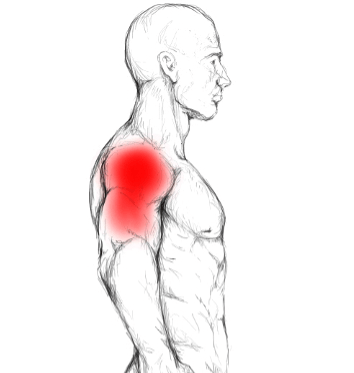
The main objective of mapping processes is to clearly identify the many opportunities there are for improvement. At this point, these opportunities need to be “translated” into “pain points”, which is nothing more than establishing the correlation between something that is not working and its impact on the overall operation in terms of waste (dollars, time, resources, etc.). This will serve as the basis for the upcoming decision-making process in terms of priorities for implementation.
Present Findings to Sponsors
The list of Pain Points can be quite large sometimes which in and of itself might be a pain point. Presenting the findings to the project sponsors serves two main benefits: a) it helps them realize the scope and size of the “problem” which it then allows for b) generating a concurred priority list.
Design a Zero-based Lean Operating Model
The design includes also:
- re-arrangement of the current physical layout in order to accommodate the implementation of certain Lean tools
- creation of the dashboard, definition of KPIs and documentation of a first version of the new Standard Operating Procedure (SOP)
A best practice that helps to ensure this design is aligned with departmental and organizational objectives, is to run it by the management team in charge of the operations that are part of the scope of the initiative and make the necessary adjustments, if any.
Design an Implementation Route Map

This is where the phases for implementation are defined along with the plan of what processes and what teams/operations will be considered first for the deployment of all the Lean tools. Timing and duration of each phase needs to be both realistic and challenging. Again, a go-ahead signal from the management team in charge is preferred so all expectations are properly managed.
Define the Pilot Team
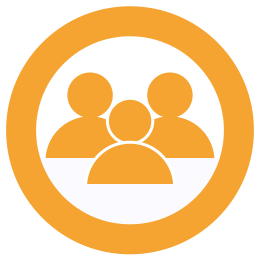
The Lean Management tools are extremely effective when implemented properly. However, their effectiveness depends mostly on the people involved at all levels, especially those in the front line of operation. The selection of the pilot team is crucial in order to establish a strong path for others to follow based on trust. The diversity of teams is definitely what makes them strong and successful, if everyone thought exactly the same there would never be room for improvement. This is why it is strongly recommended that the pilot team has people that are natural change agents as much as people that are intrinsically change averse. When such a team proves to be successful, the rest of the teams are more likely to get truly excited about the change since they can see that even those that were change-averse have jumped on board.
Training
There are at least 8 Lean Management tools that need to be fully understood by the pilot team and their managers. During the course of 3 days, the first 4 to 5 tools are practiced on through hands-on workshops. Play role exercises and case simulation is fundamental for the tools to start making sense to the team.
An “Efficiency Lego Game” fits perfect as a starting point for training.
Deploy Lean Tools
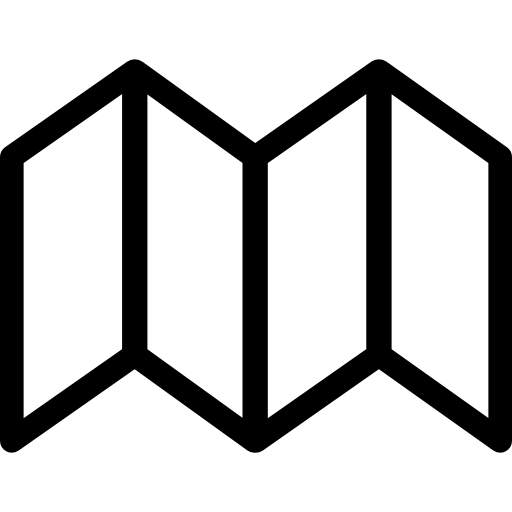
Once the pilot team is ready, along with the physical layout re-arrangement previously defined, it is recommended to deploy the first set of tools, namely: Dashboard, KPIs, SOP and Daily Huddles. Deployment includes side by side monitoring and support from the Lean experts in charge of the implementation. It is now when the initial design of the Lean Operating Model requires to be complemented with the details on the second set of Lean tools to be implemented, which includes: Coaching 1-on-1, Capacity Management, Standard Agendas (a week in the life of), Competencies Matrix, and Role Confirmation.
Use Lessons Learned
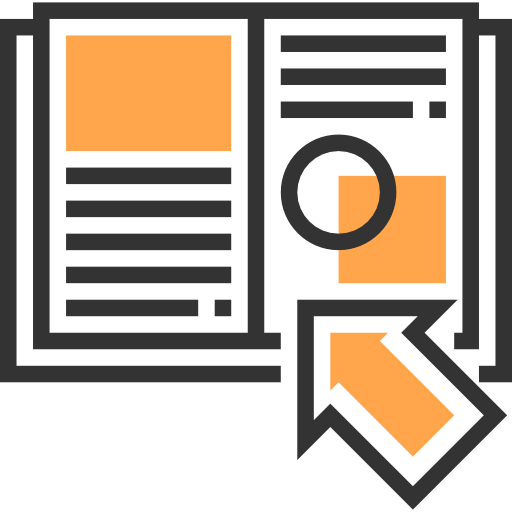
For the first 2 to 3 weeks after deployment, a continuous feedback-retuning-feedback cycle needs to be performed. From the time of day when daily huddles are conducted and how long they are taking to the follow up on KPIs and to update the SOP, all needs to be constantly re-evaluated to fine-tune it to the point where it becomes a comfortable way of working for the team. All lessons learned must be documented in order to keep track of the progress made, as well as to use the most updated version of the customized tools when the deployment of these tools happens for the next wave of teams to be trained on Lean.





